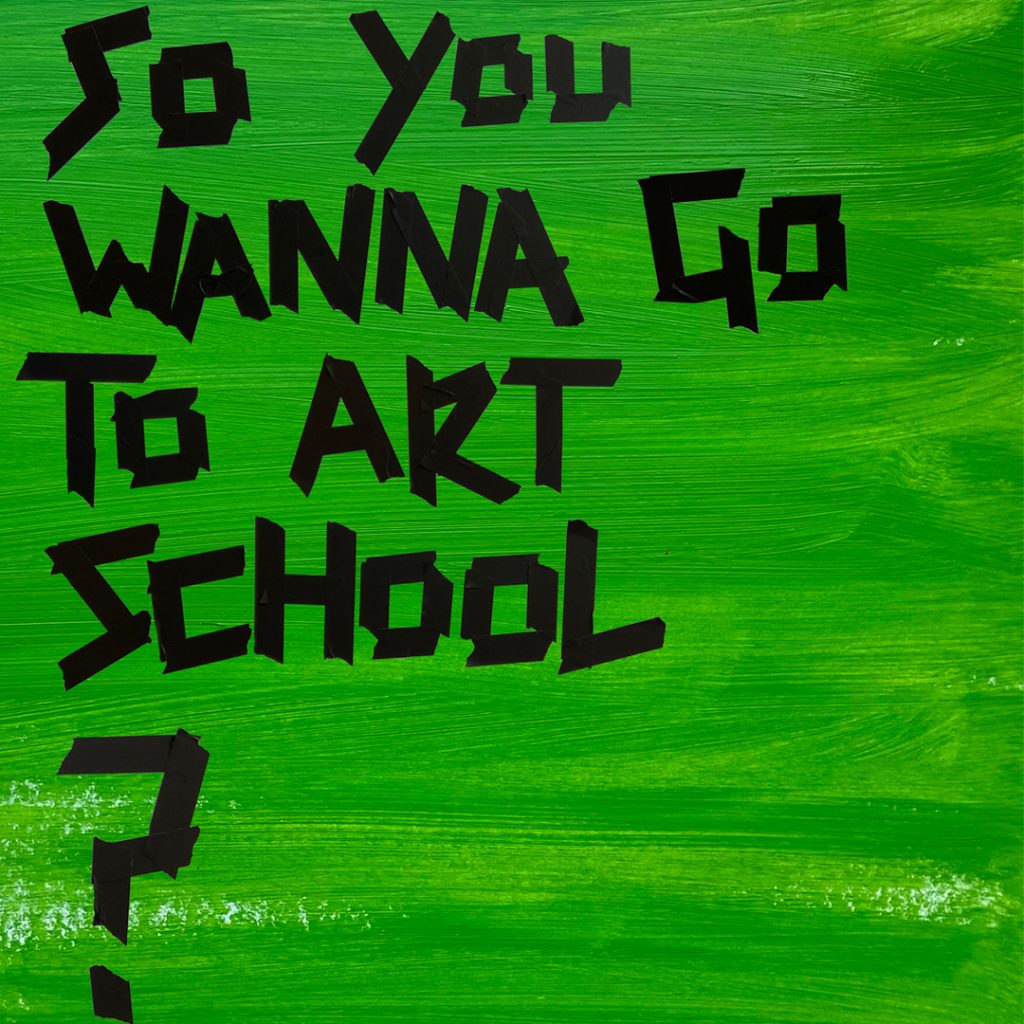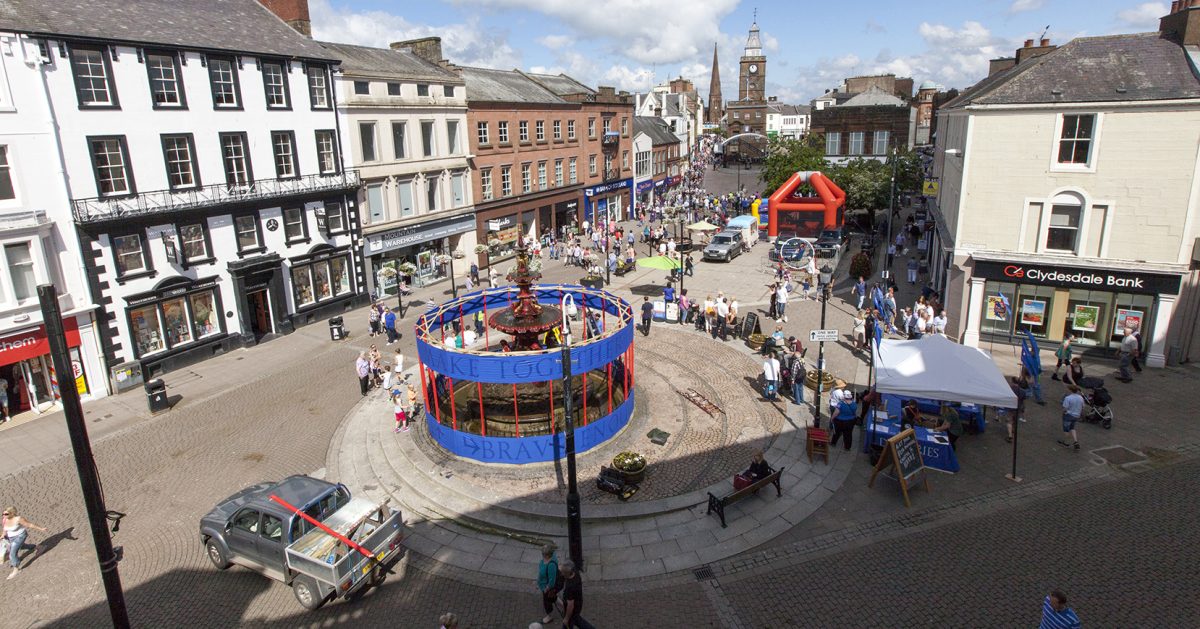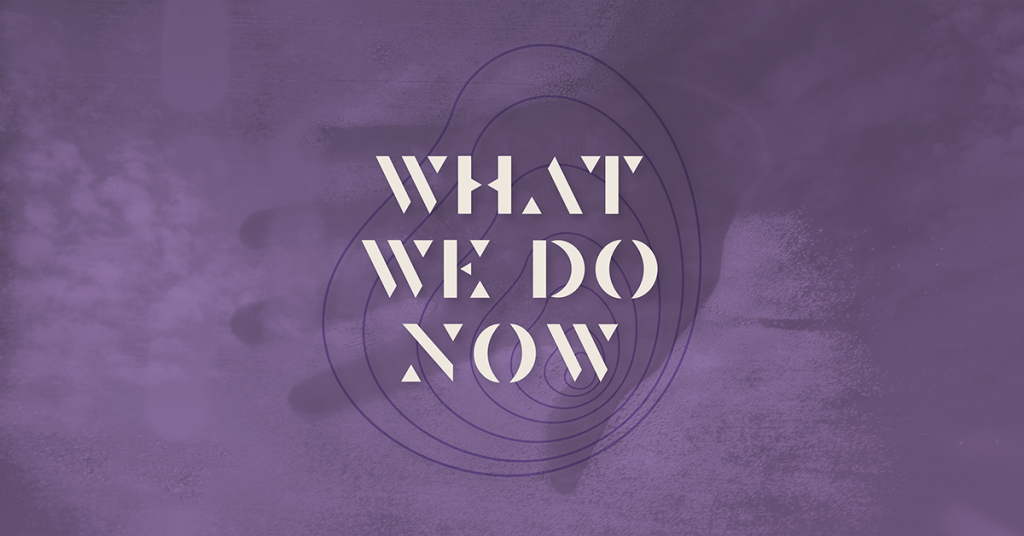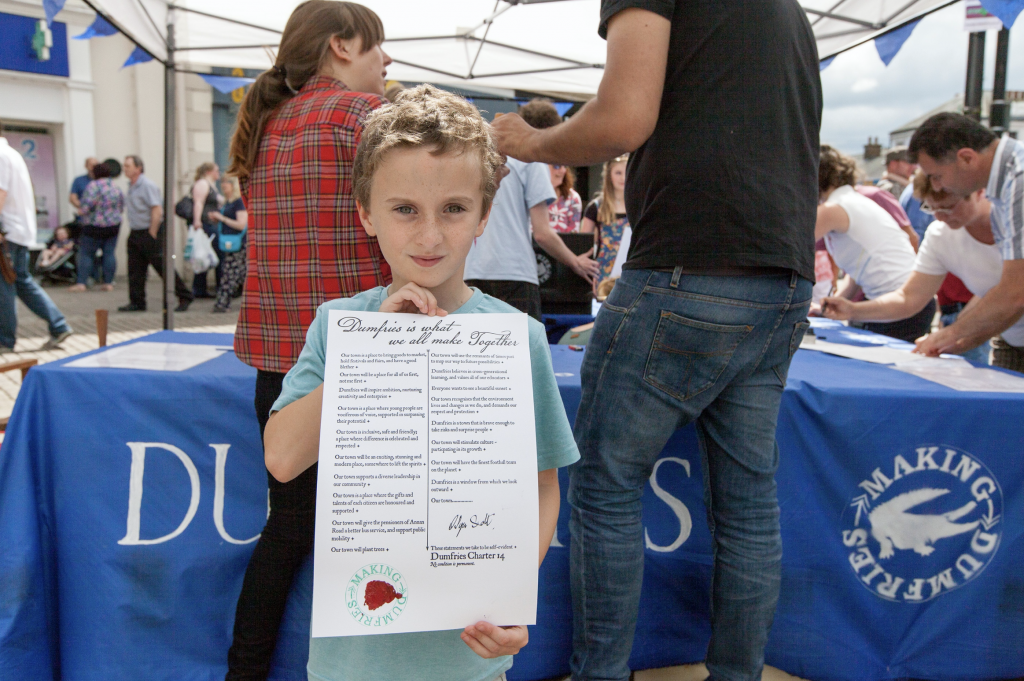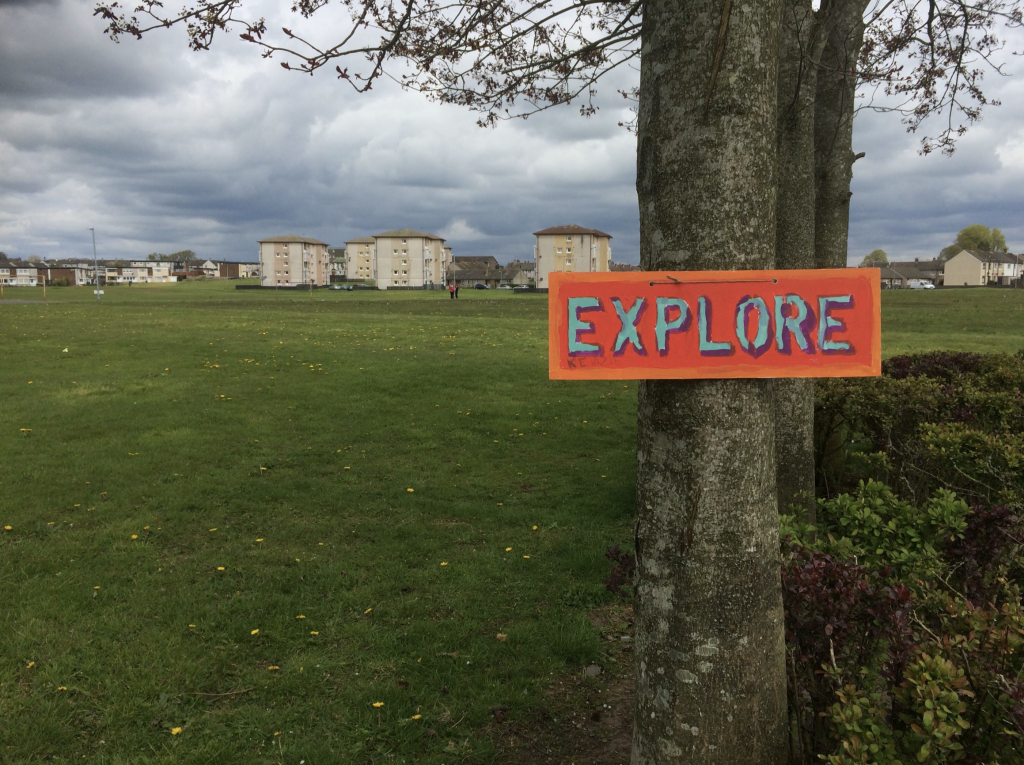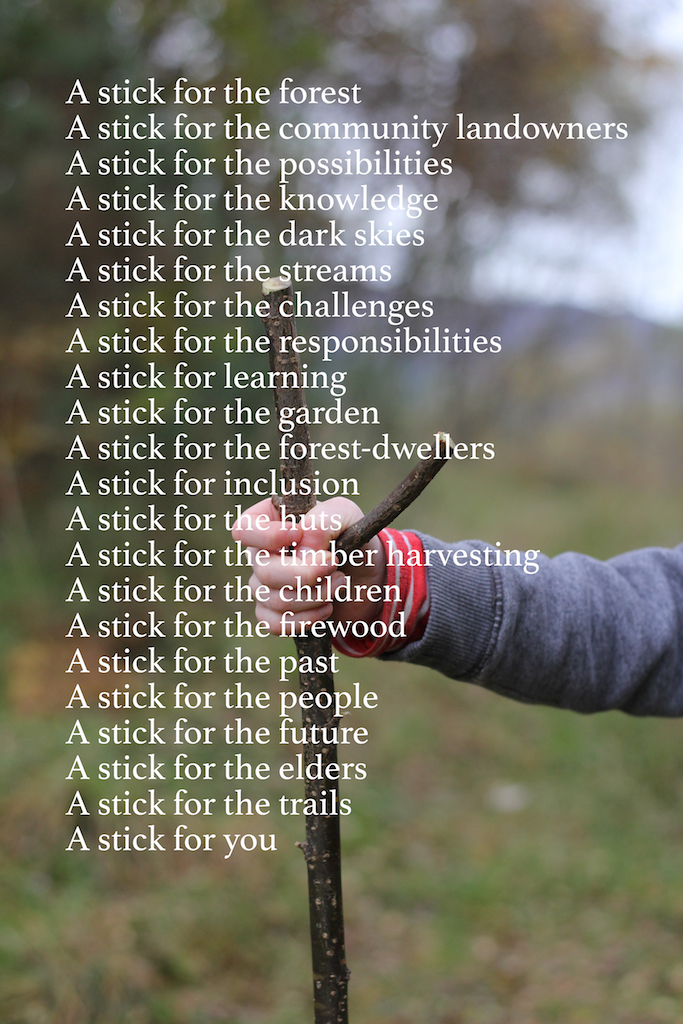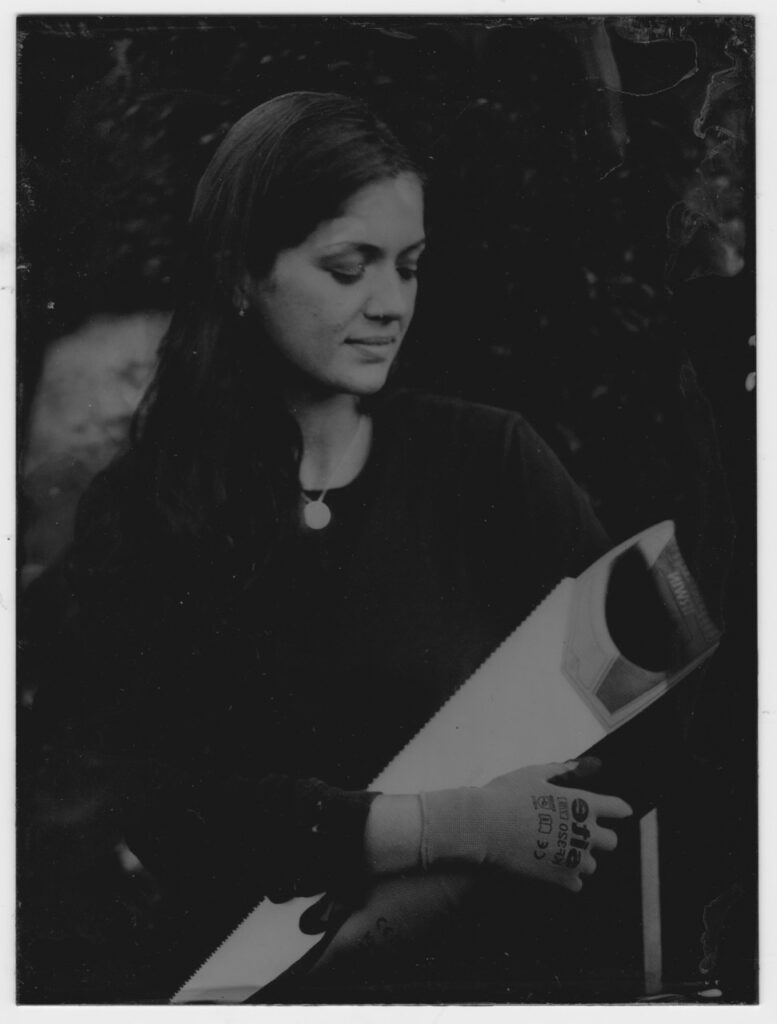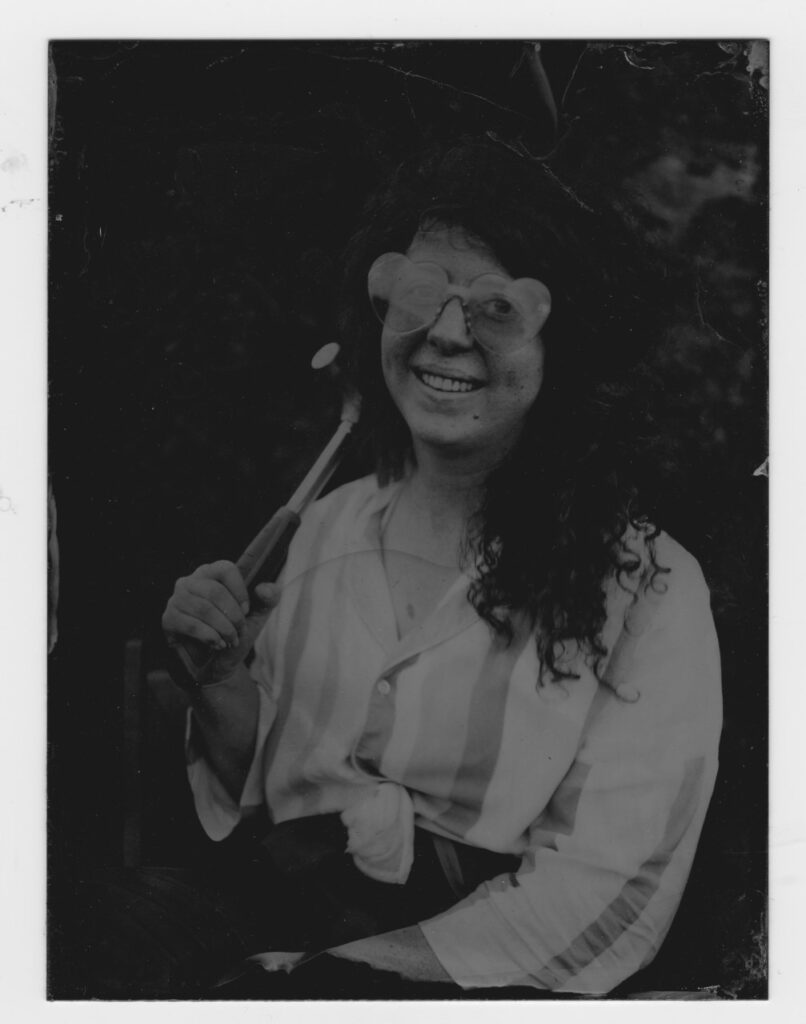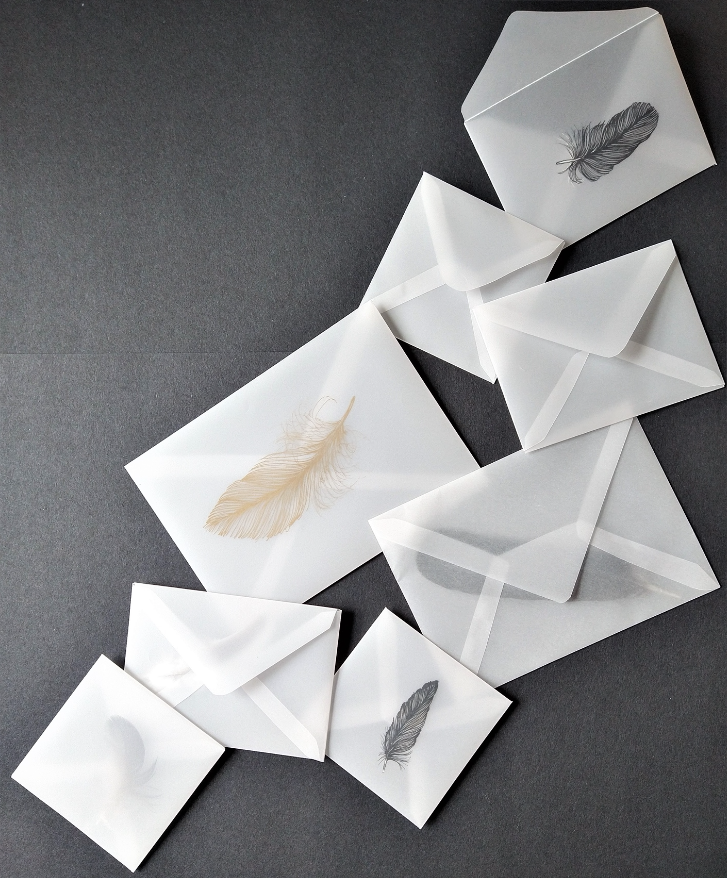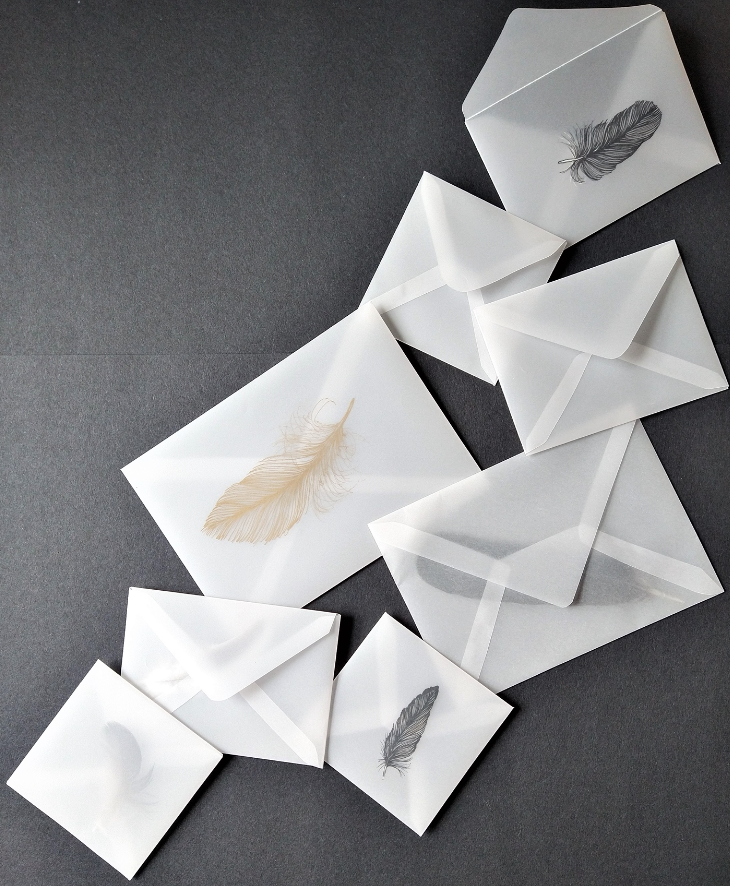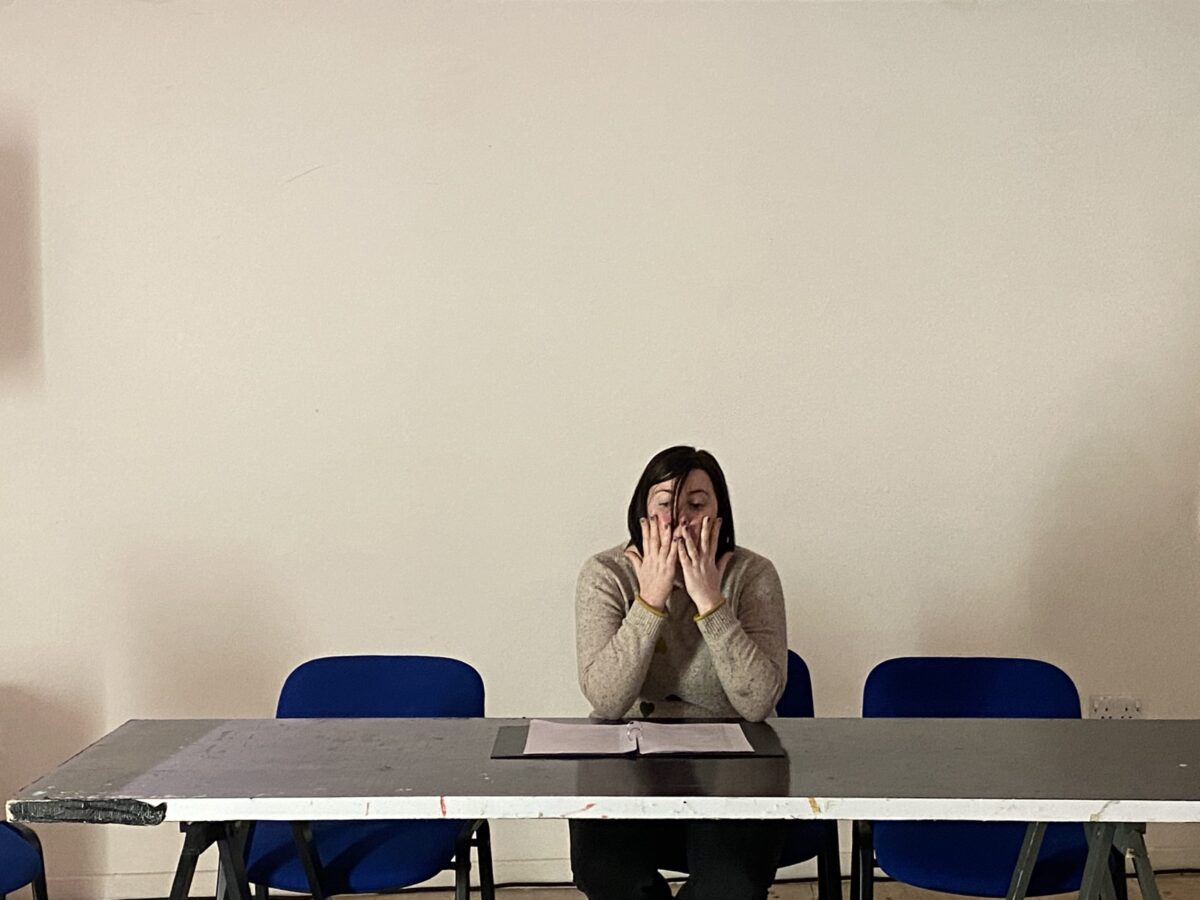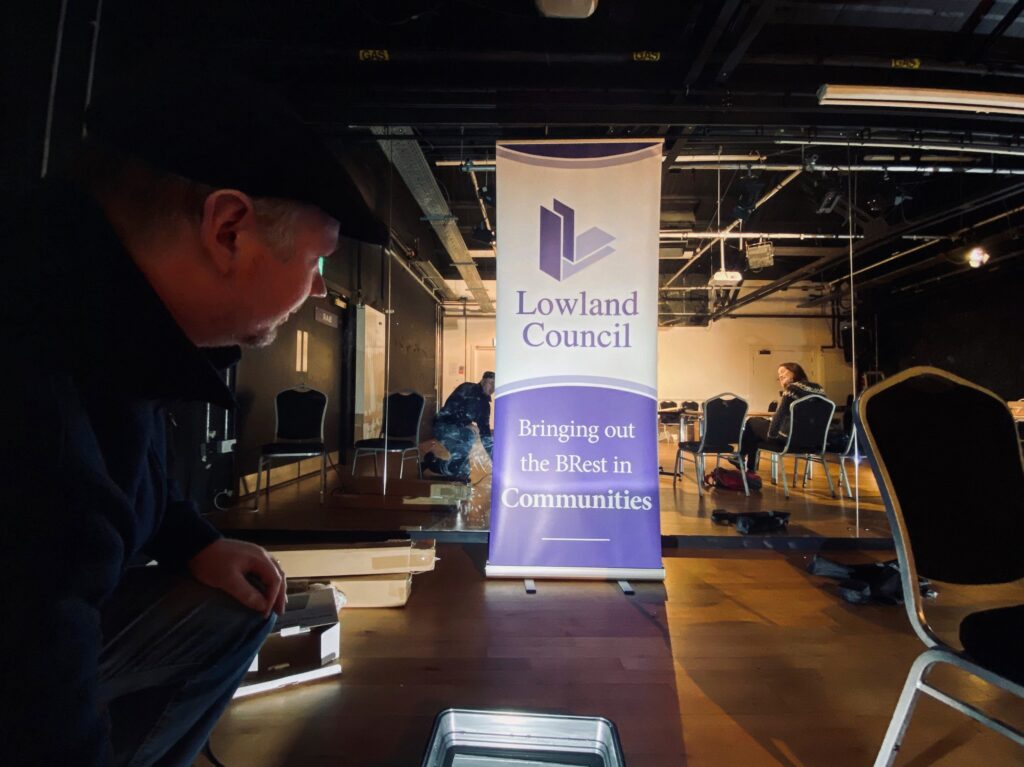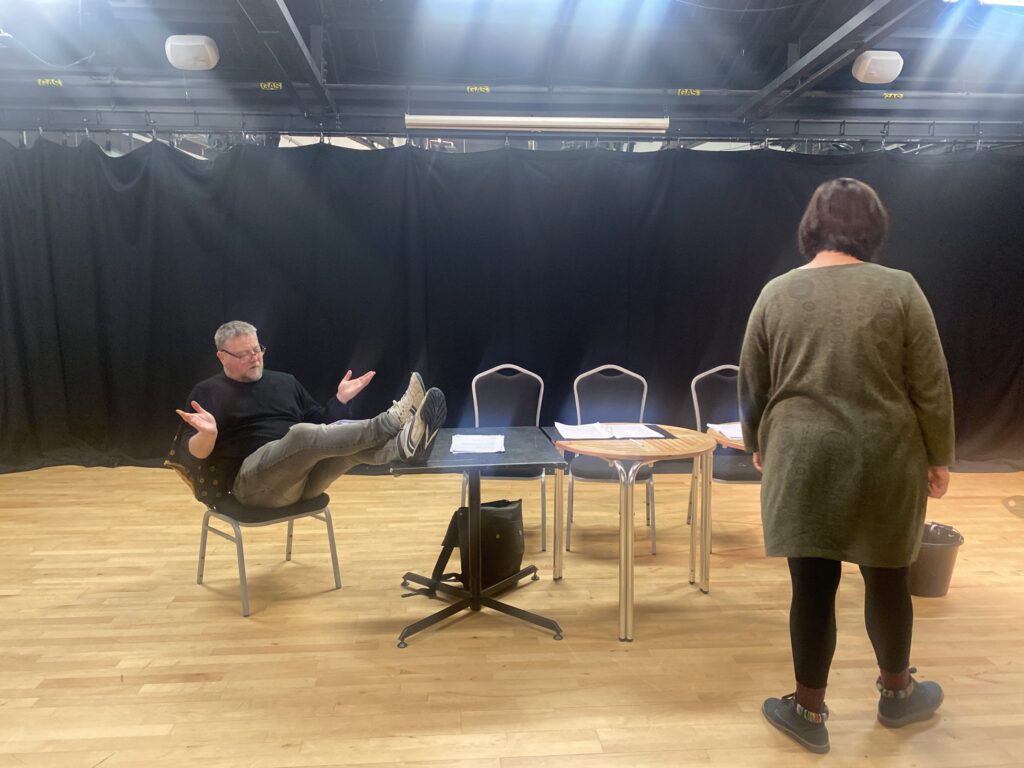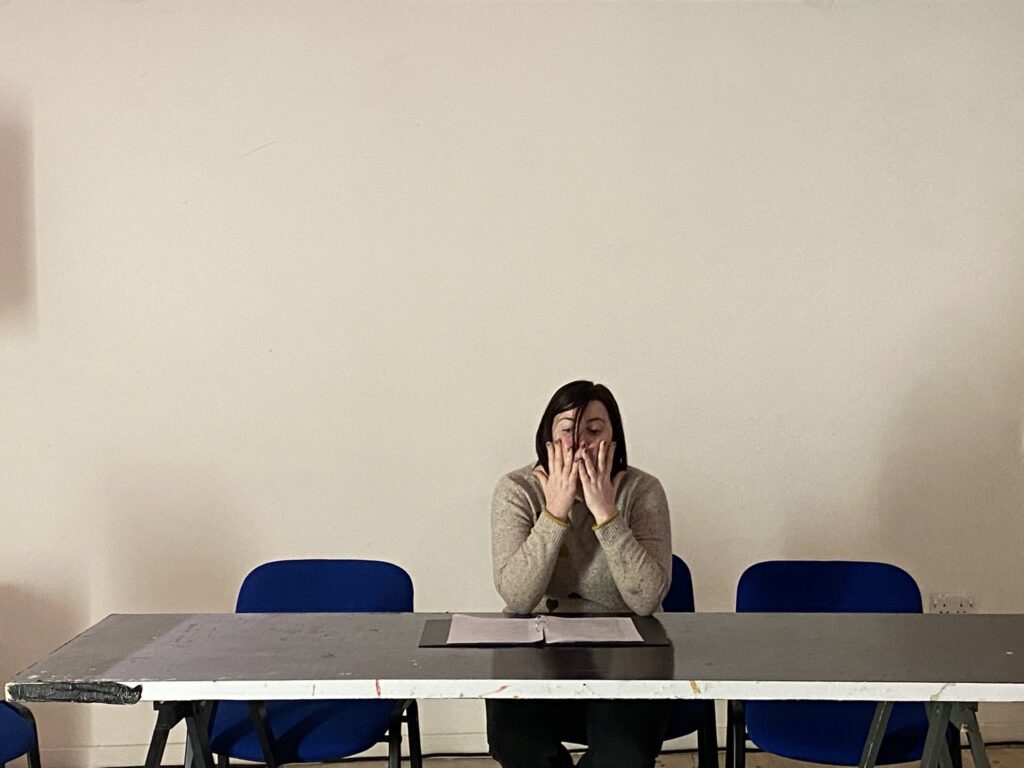By Jodie Barnacle-Best
With the creative industries growing at four times the rate of the UK average1, it is perhaps a surprise that the age-old tropes of art school haven’t yet disappeared. For many students, the decision of whether or not to go to art school is a nuanced debate – one which undoubtedly isn’t given enough airtime at schools or colleges across the country.
The concept of ‘art school’ and what actually goes on there is still seen as pretty mysterious and aloof (all art students will know the struggle of trying to explain how your degree requires significant work, time and skill just like any other degree). And as the stereotypes build and build it is easy to forget how reliant we all are on the arts and what your individual future in the arts could look like… like can you make money or are we all doomed to the ‘struggling artist’ trope forever?
But even once we are over the hurdles debating the mere importance of the arts industries and the potential for growth within an arts related job, there is still a question as to whether art school is the way to go about achieving these ambitions. Do you a need a fashion degree to be a designer? Or a degree in painting to be a painter? And what does a degree in fine art actually mean?
The impact of the arts is constantly minimised (anyone still remember Fatima the ballerina ‘whO’s NExT JOb cOulD BE iN CyBer’?)2. What is often overlooked is the transferable skills which you accumulate as you hone your craft within your degree.
Hopefully, you will get to become a magnificent painter following a degree in painting and printmaking. But also, you’ll learn creative problem solving, verbal and visual communication methods, responding to briefs and deadlines, emotional resilience, collaborative working… the list is endless!
With art school in particular, it is arguably not the end result of the degree which makes the choice ‘worth it’ – but the art school method of thinking it can instil in you, the acquiring of potential contacts, the widening network of opportunities and access to facilities that is developed during an art student’s academic career.
The chance to be immersed with like-minded people and having the time and space to fully concentrate on learning your craft (or even finding your craft) is one of the many great allures of art school. The permission to experiment, and the safety to fail, while working on projects for the sake of projects (and, for the most part, not commission or money) is an opportunity that’s not frequently available outside of an art school setting. But that doesn’t mean it’s the only way to go!
One of the many beauties of the arts is that there’s not one path for everyone. We all find ourselves clambering around, finding our way, losing our way, or deciding to set up camp halfway down the path for a while because we just like the view.
Ultimately… to art school or not to art school? You decide. But hearing about other people’s creative pathways and understanding the paths available will always be a good starting point.
Join in and continue this discussion at our first event of the ‘So You Wanna Go to Art School?’ programme! Book a place at our panel discussion happening on Thursday 2nd September 7-9pm at The Stove, Dumfries or tune into the livestream via our YouTube channel:
Sign up – https://www.eventbrite.co.uk/e/so-you-wanna-go-to-art-school-panel-discussion-tickets-165255719305
Livestream on YouTube – https://www.youtube.com/channel/UCJbT8JrUhg0pf3UaH0N4sFg
1 Creative Industries Federation, 2019 report ‘Public Investment, Public Gain: How public investment in the arts generates economic value across the creative industries and beyond’, https://www.creativeindustriesfederation.com/publications/public-investment-public-gain, via Culture Counts Scotland
2 Brit Dawson, ‘A brief explainer of the government’s dystopian Fatima cyber ad’, https://www.dazeddigital.com/politics/article/50747/1/a-brief-explainer-on-the-government-dystopian-fatima-cyber-ad


